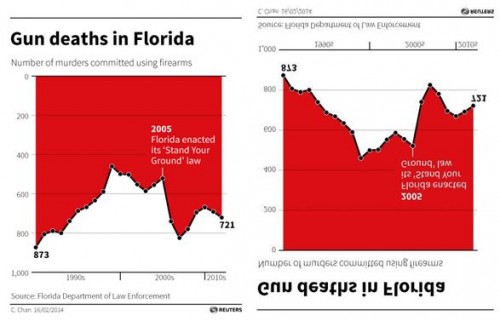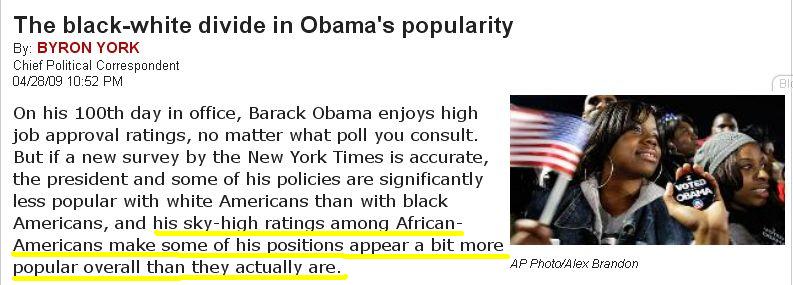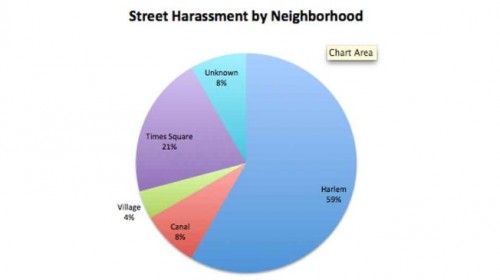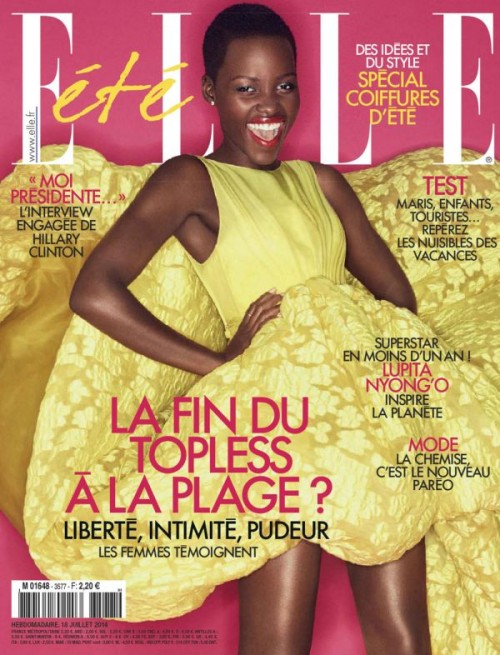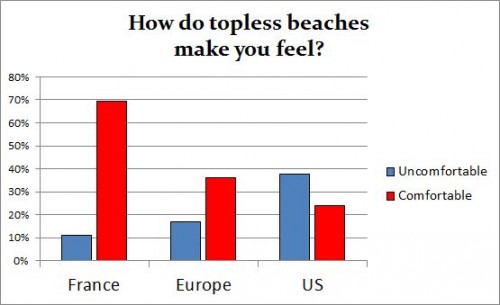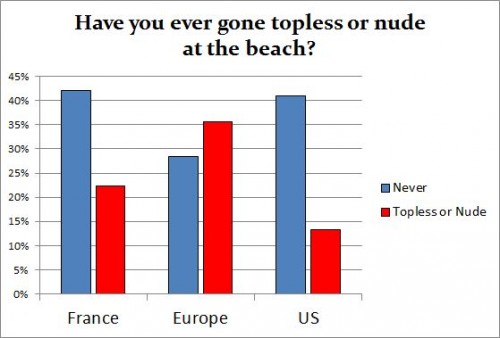In statistics, a little star next to a coefficient generally means that the result is statistically significant at the p<.05 level. In English, this means that there is only a 1 in 20 chance that the finding just popped up by pure random chance. In sociology, that’s generally considered good enough to conclude that the finding is “real.”
If one investigates a lot of relationships, however, this way of deciding which ones to claim as real has an obvious pitfall. If you look at 20 possible but false relationships, chances are that one of them will be statistically significant by chance alone. Do enough fishing in a dead lake, in other words, and you’ll inevitably pull up some garbage.
Thanks xkcd, for making this funny.
Lisa Wade, PhD is an Associate Professor at Tulane University. She is the author of American Hookup, a book about college sexual culture; a textbook about gender; and a forthcoming introductory text: Terrible Magnificent Sociology. You can follow her on Twitter and Instagram.


